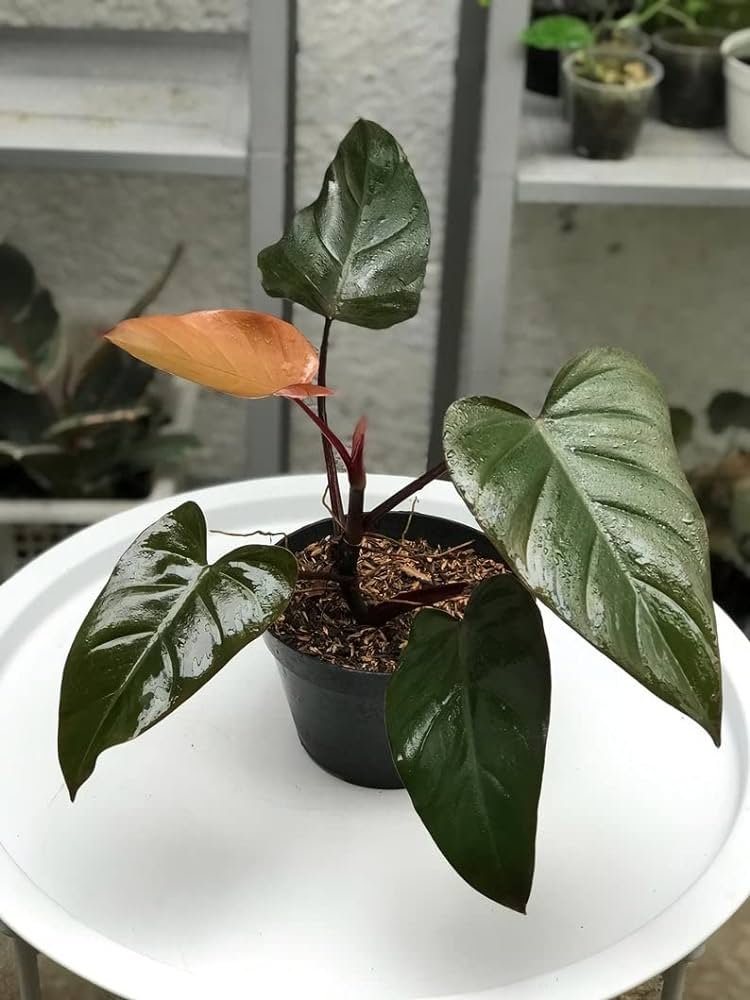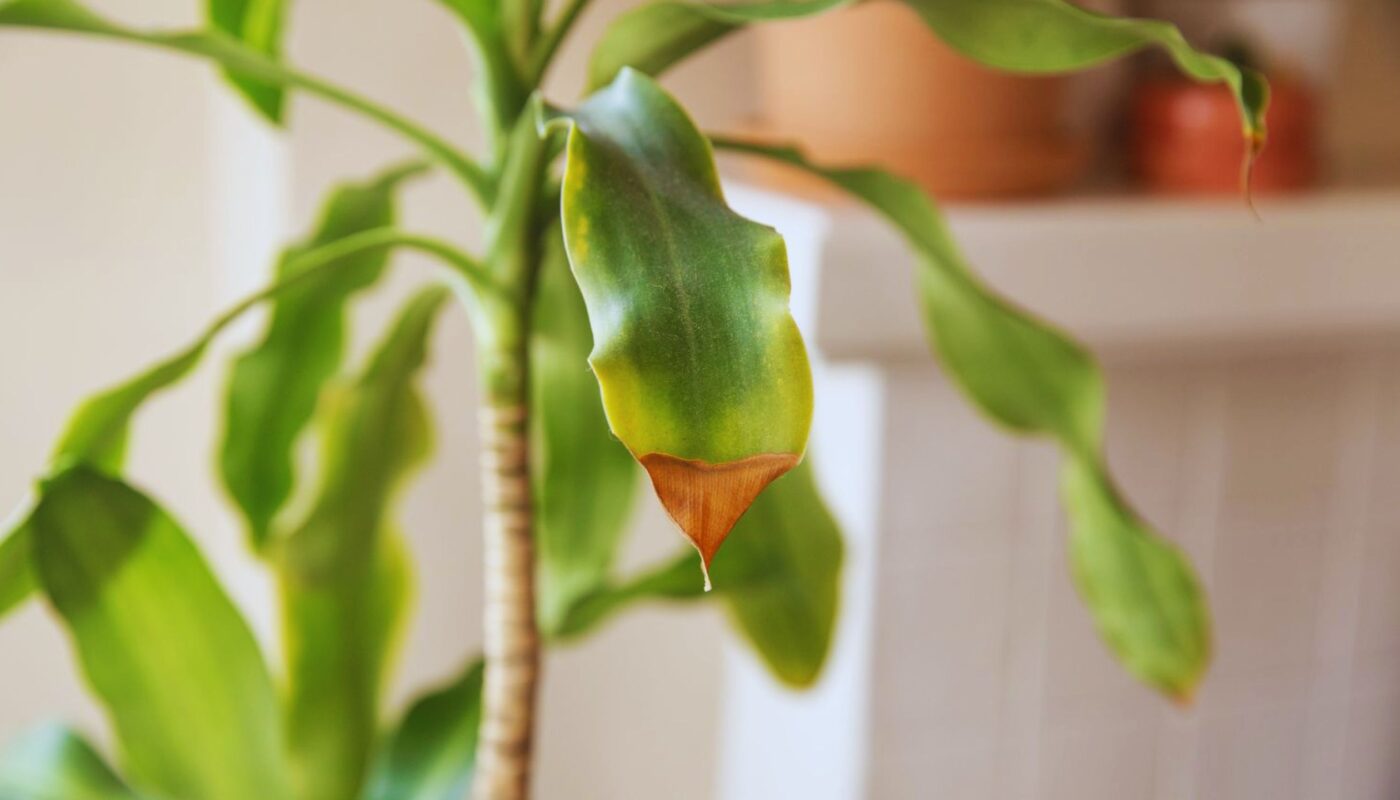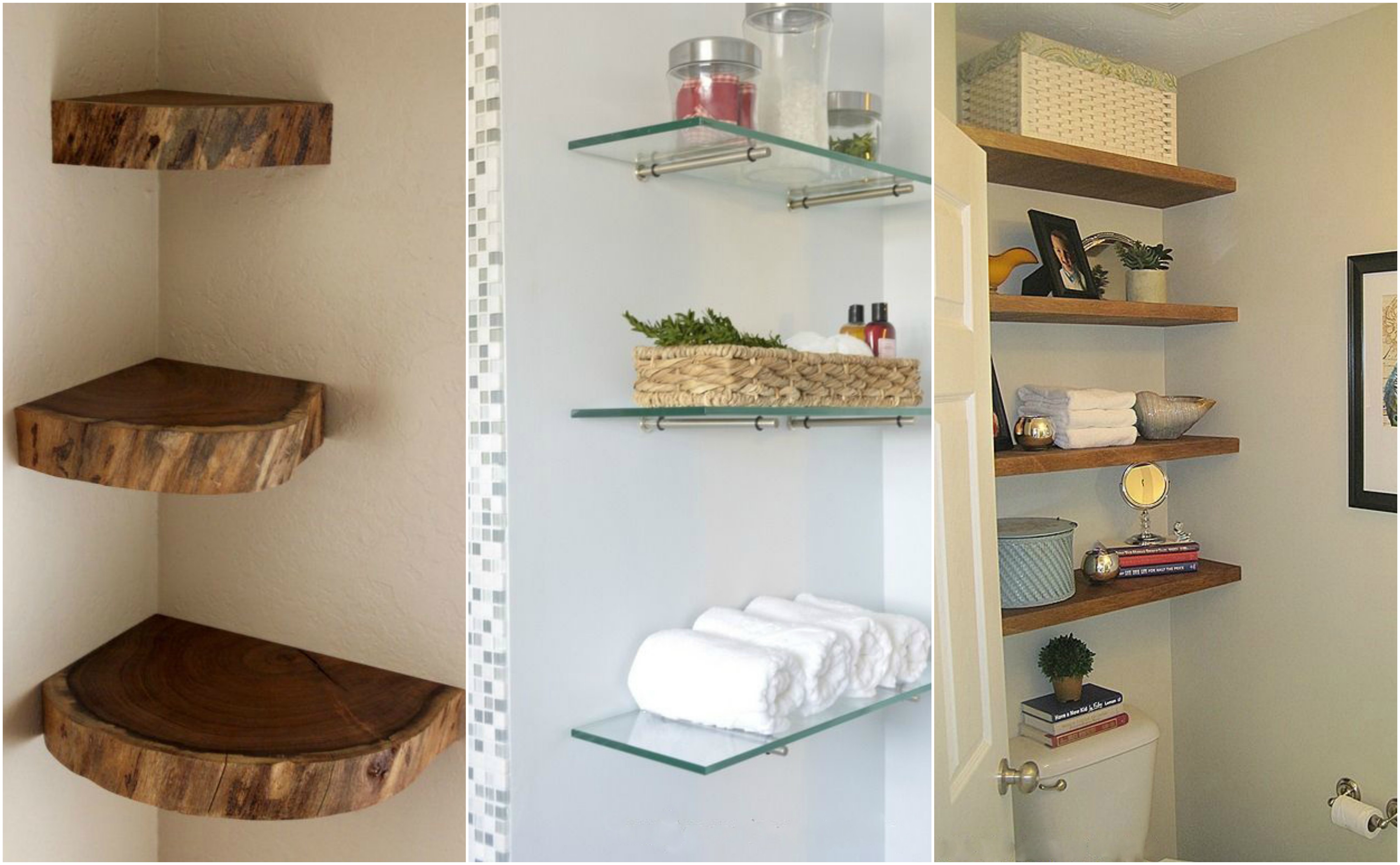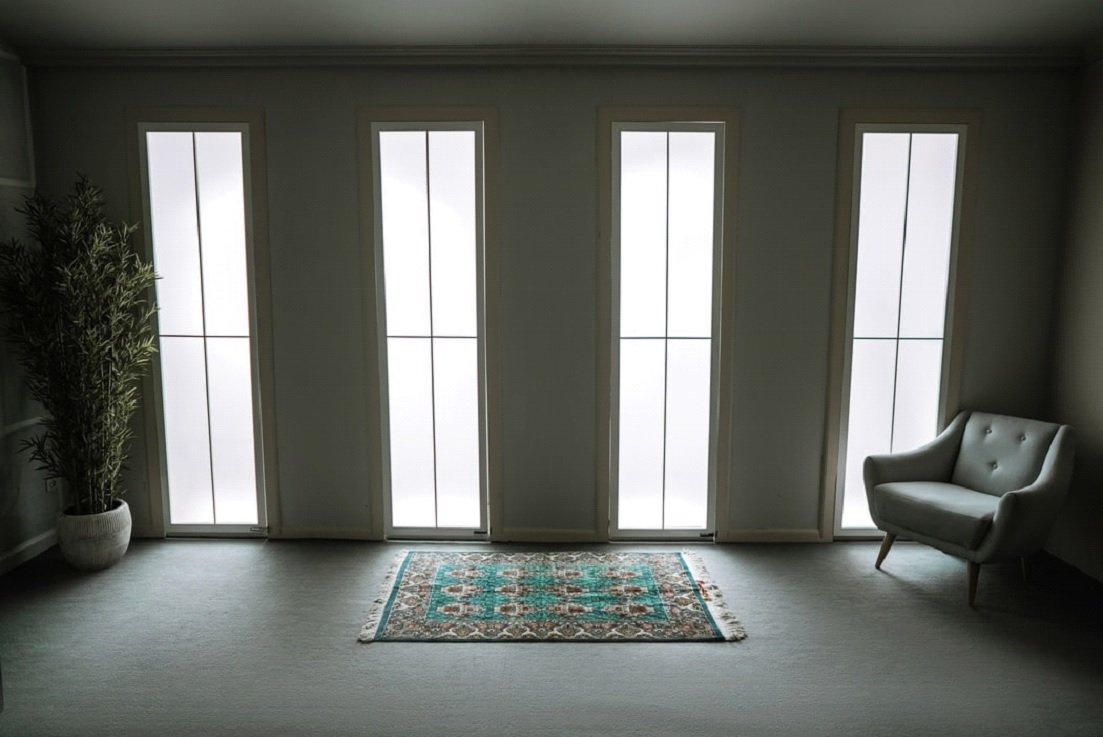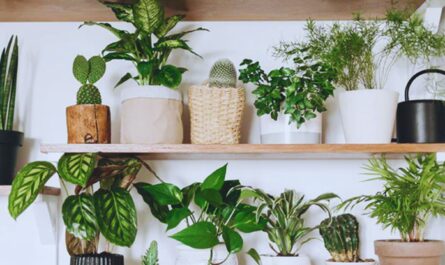Discover Why Do House Plants Get Brown and develop those pesky brown spots! From overwatering to nutrient deficiencies, explore the common culprits behind browning leaves and edges. Uncover expert tips to prevent and treat browning, ensuring your indoor oasis stays lush and vibrant. Say goodbye to brown and hello to greenery galore!
Why Do House Plants Get Brown – All Possible Causes
Brown spots or leaves on houseplants can be a sign of various issues, often related to environmental factors or plant care. Identifying the specific cause of browning in your houseplant can help you address the issue and prevent further damage. Here are some common reasons:
- Overwatering or Underwatering: Both can lead to root problems, causing brown spots or leaves. Overwatering can suffocate roots, leading to root rot, while underwatering can cause dehydration and stress.
- Incorrect Light Levels: Insufficient or excessive light can cause stress to plants, leading to brown spots or leaves. Each plant has its own light requirements, so it’s important to research the needs of your specific plant.
- Temperature Stress: Drastic temperature changes, drafts, or exposure to heating or cooling vents can cause leaf damage, including browning.
- Humidity Levels: Some plants require higher humidity levels than others. Low humidity can cause leaf tips or edges to turn brown.
- Nutrient Deficiency or Imbalance: Lack of essential nutrients or improper fertilization can lead to brown spots or leaves. Make sure your plant is receiving the appropriate nutrients according to its needs.
- Pests or Diseases: Insect infestations or diseases can cause damage to leaves, resulting in browning. Inspect your plant regularly for signs of pests or diseases.
- Physical Damage: Accidental damage from pets, rough handling, or environmental factors can lead to brown spots or leaves.
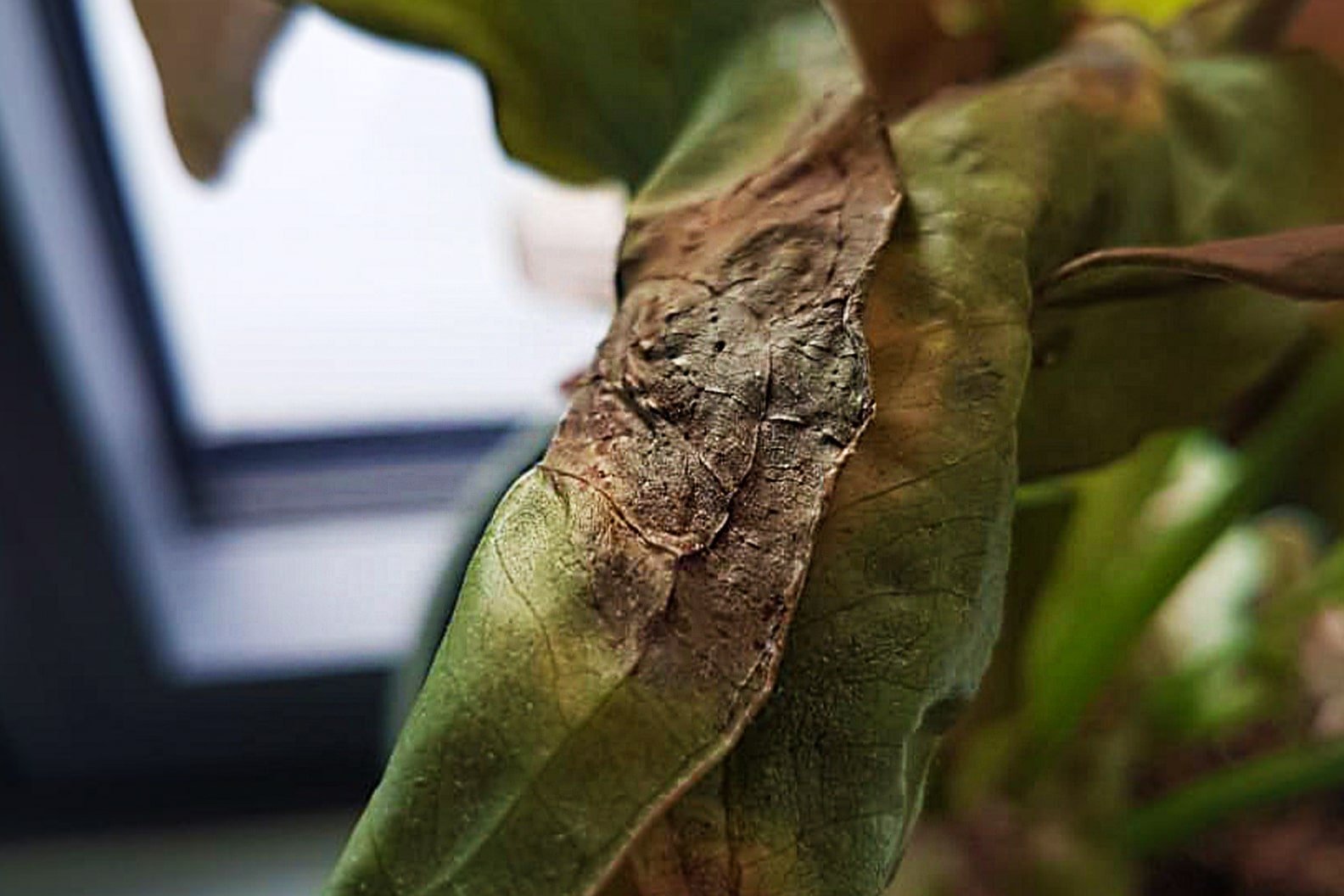
How To Prevent House Plants From Getting Brown
To prevent houseplants from developing brown spots or edges, you can follow these tips. By following these guidelines and providing your houseplants with proper care and attention, you can help prevent them from developing brown spots and keep them healthy and vibrant.
- Proper Watering: Water your plants only when the top inch or so of the soil is dry. Avoid overwatering, as this can lead to root rot and browning of leaves.
- Good Drainage: Ensure that your pots have proper drainage holes to allow excess water to escape. Use well-draining soil to prevent water from pooling around the roots.
- Correct Lighting: Place your plants in locations that provide the appropriate amount of light for their specific needs. Some plants prefer bright, indirect light, while others thrive in low light conditions. Avoid exposing plants to direct sunlight for extended periods, as this can cause leaf burn.
- Humidity Control: Increase humidity levels around plants that require it by misting the leaves regularly or placing a tray of water and pebbles beneath the pot. Alternatively, use a humidifier to maintain optimal humidity levels.
- Nutrient Management: Feed your plants with a balanced fertilizer according to their specific needs and growth stages. Regularly check for signs of nutrient deficiencies and adjust fertilization accordingly.
- Pest and Disease Prevention: Inspect your plants regularly for signs of pests or diseases. Keep them clean by gently wiping the leaves with a damp cloth to remove dust and debris, which can attract pests and block sunlight.
- Proper Air Circulation: Ensure good air circulation around your plants to prevent stagnant air, which can promote fungal growth and other issues. You can achieve this by placing fans nearby or opening windows occasionally.
- Regular Maintenance: Trim away any browning or damaged leaves promptly to prevent the spread of problems to healthy parts of the plant. Prune your plants periodically to promote new growth and maintain their shape.
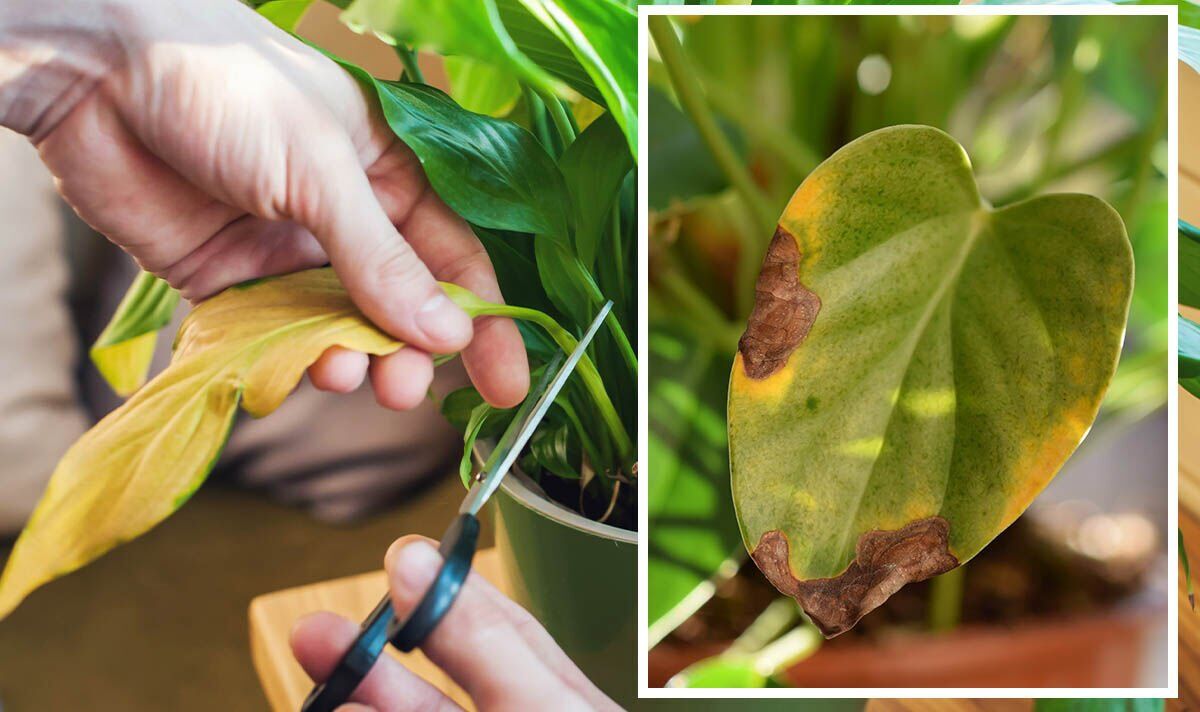
Low Maintenance House Plant Options
Snake Plant (Sansevieria)
Known for its resilience and air-purifying qualities, the snake plant can thrive in various light conditions and requires minimal watering.
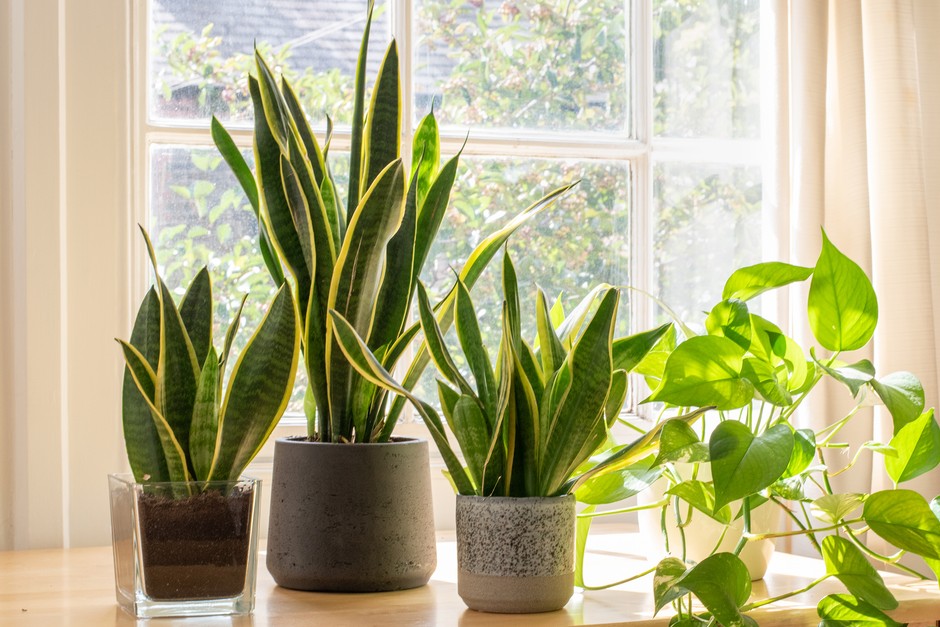
ZZ Plant (Zamioculcas zamiifolia)
This plant is highly tolerant of low light conditions and irregular watering, making it ideal for beginners or those with busy schedules.
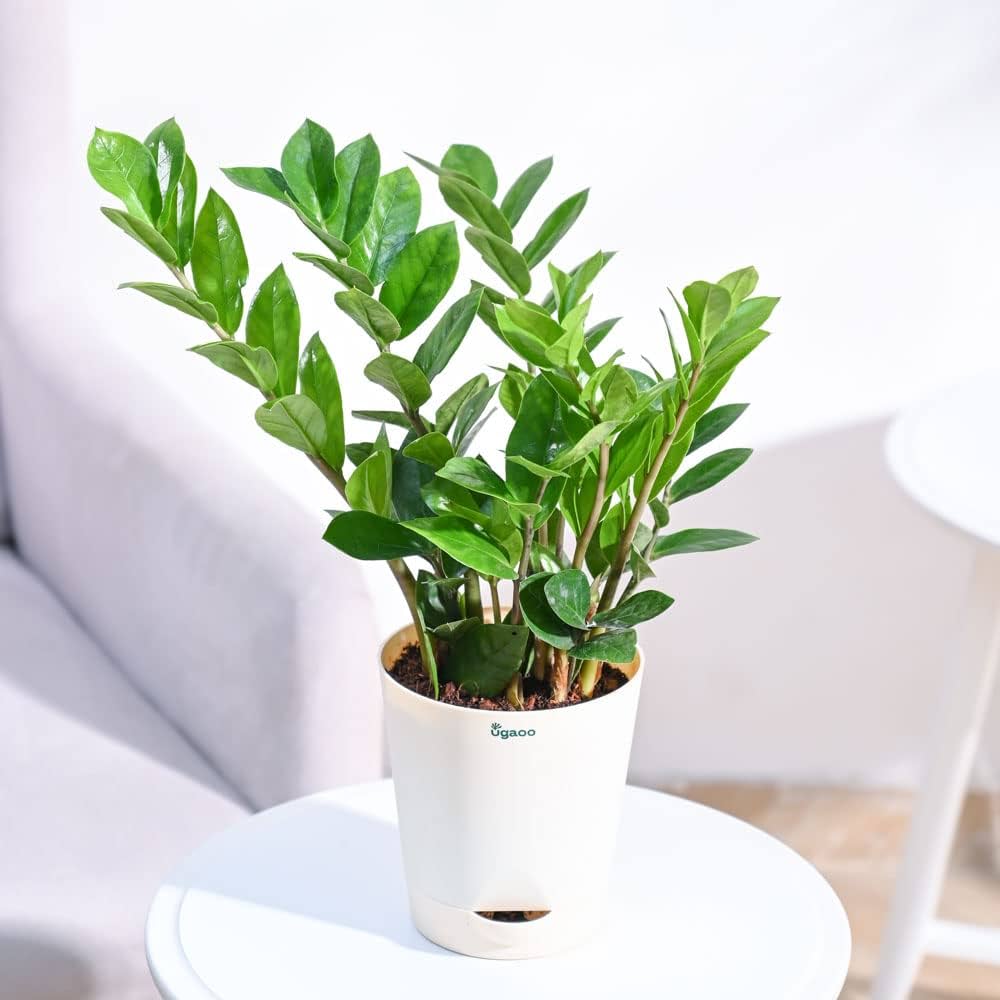
Pothos (Epipremnum aureum)
Pothos plants are versatile and can tolerate low light, although they thrive in moderate to bright indirect light. They are forgiving of occasional neglect and can bounce back from underwatering.
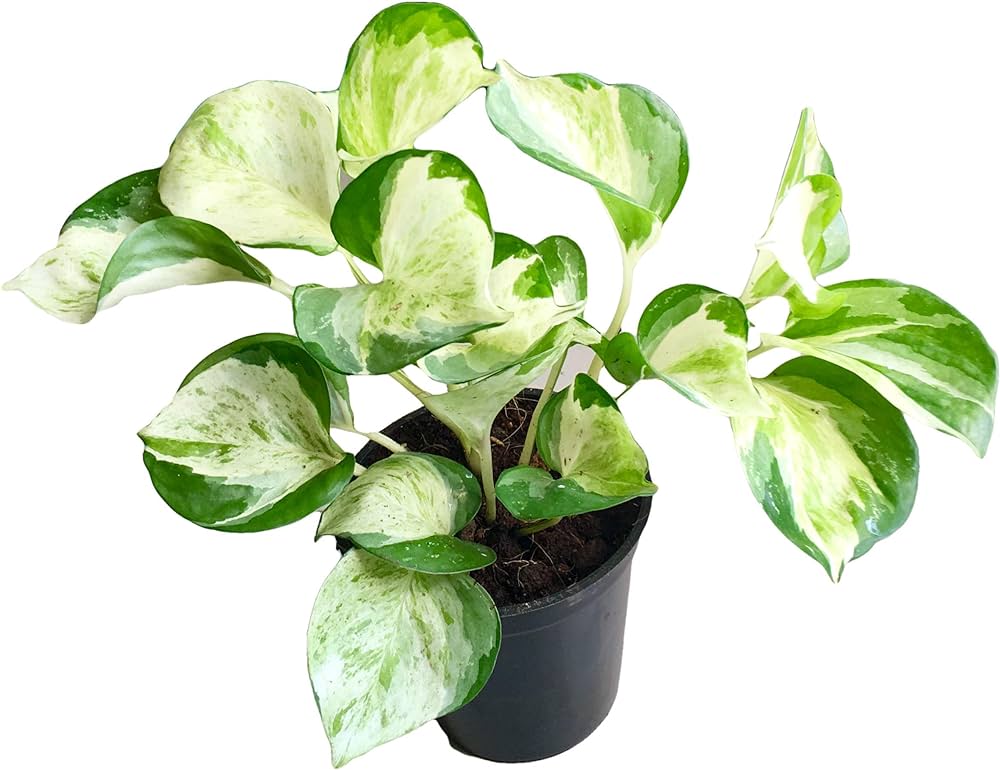
Spider Plant (Chlorophytum comosum)
Spider plants are adaptable and easy to care for, requiring moderate to bright indirect light and regular watering. They also produce baby spider plants, or “spiderettes,” that can be propagated easily.
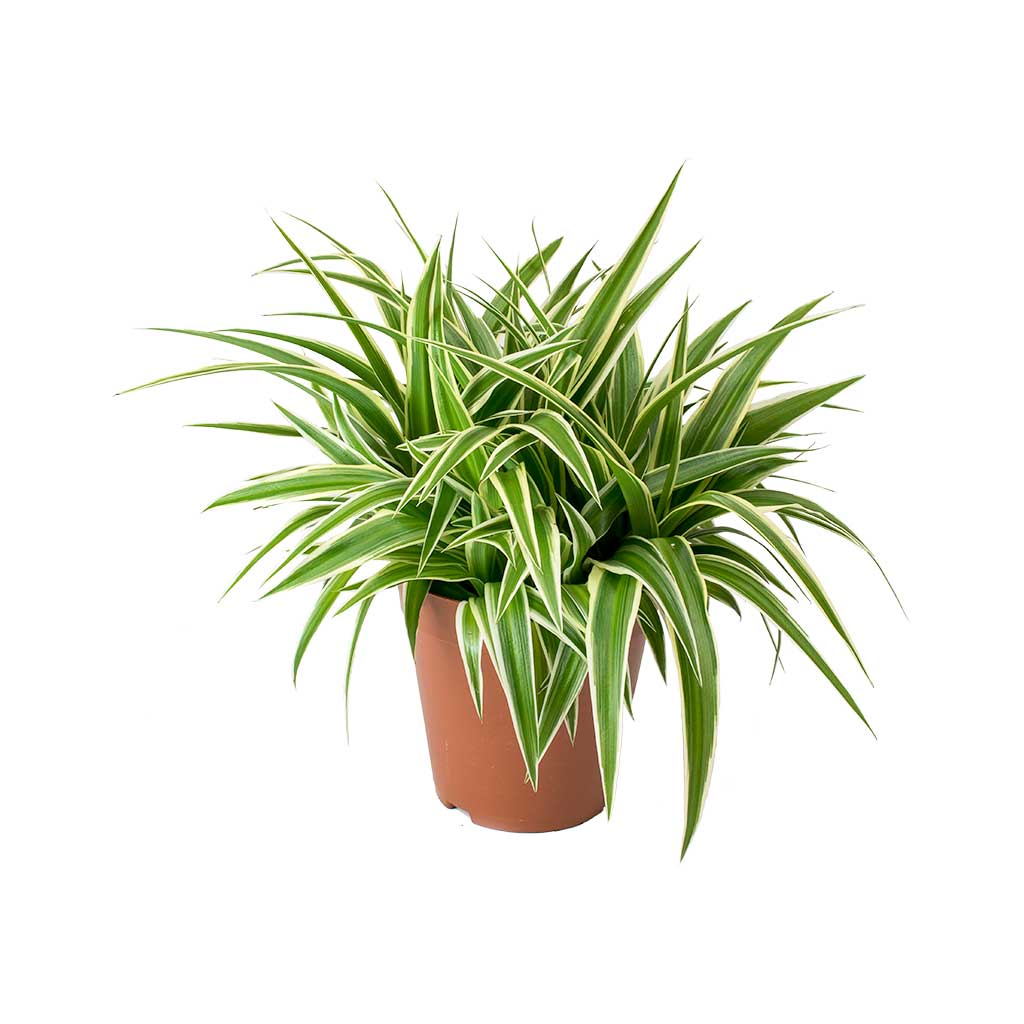
Peace Lily (Spathiphyllum)
Peace lilies prefer moderate indirect light and consistently moist soil. They will wilt when thirsty, making it easy to tell when they need water. With proper care, they can produce beautiful white flowers.
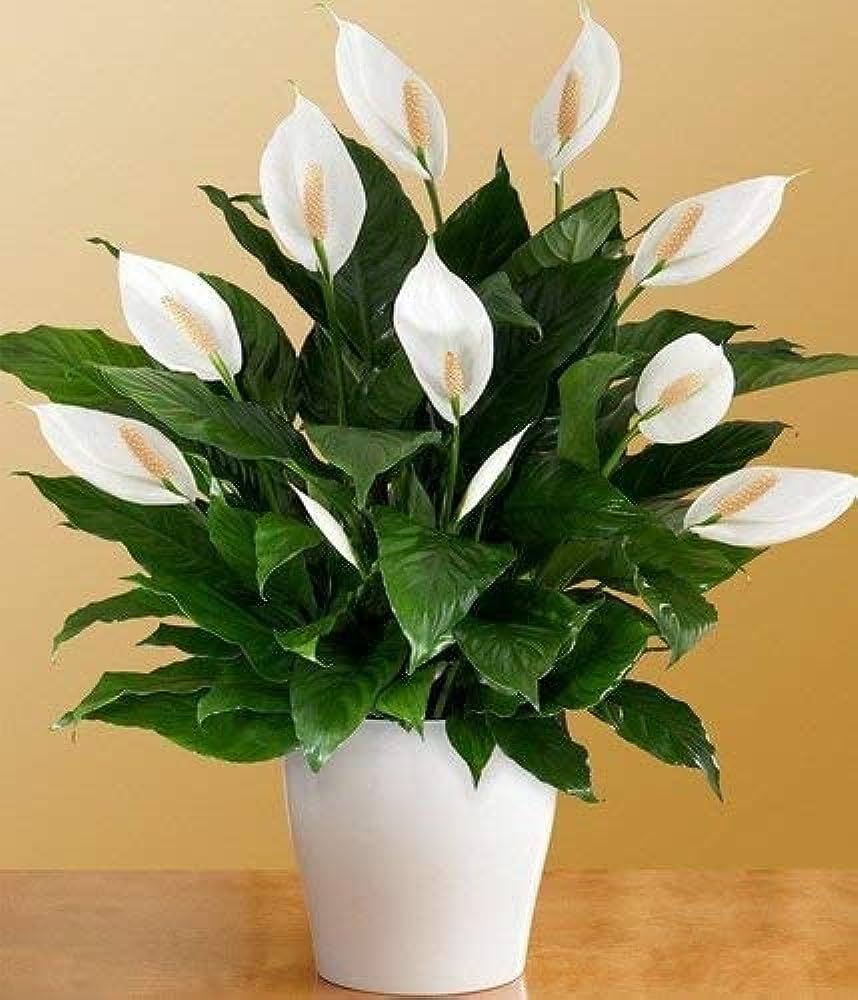
Cast Iron Plant (Aspidistra elatior)
As the name suggests, this plant is incredibly tough and can withstand low light and infrequent watering. It’s an excellent choice for darker corners or rooms with little natural light.
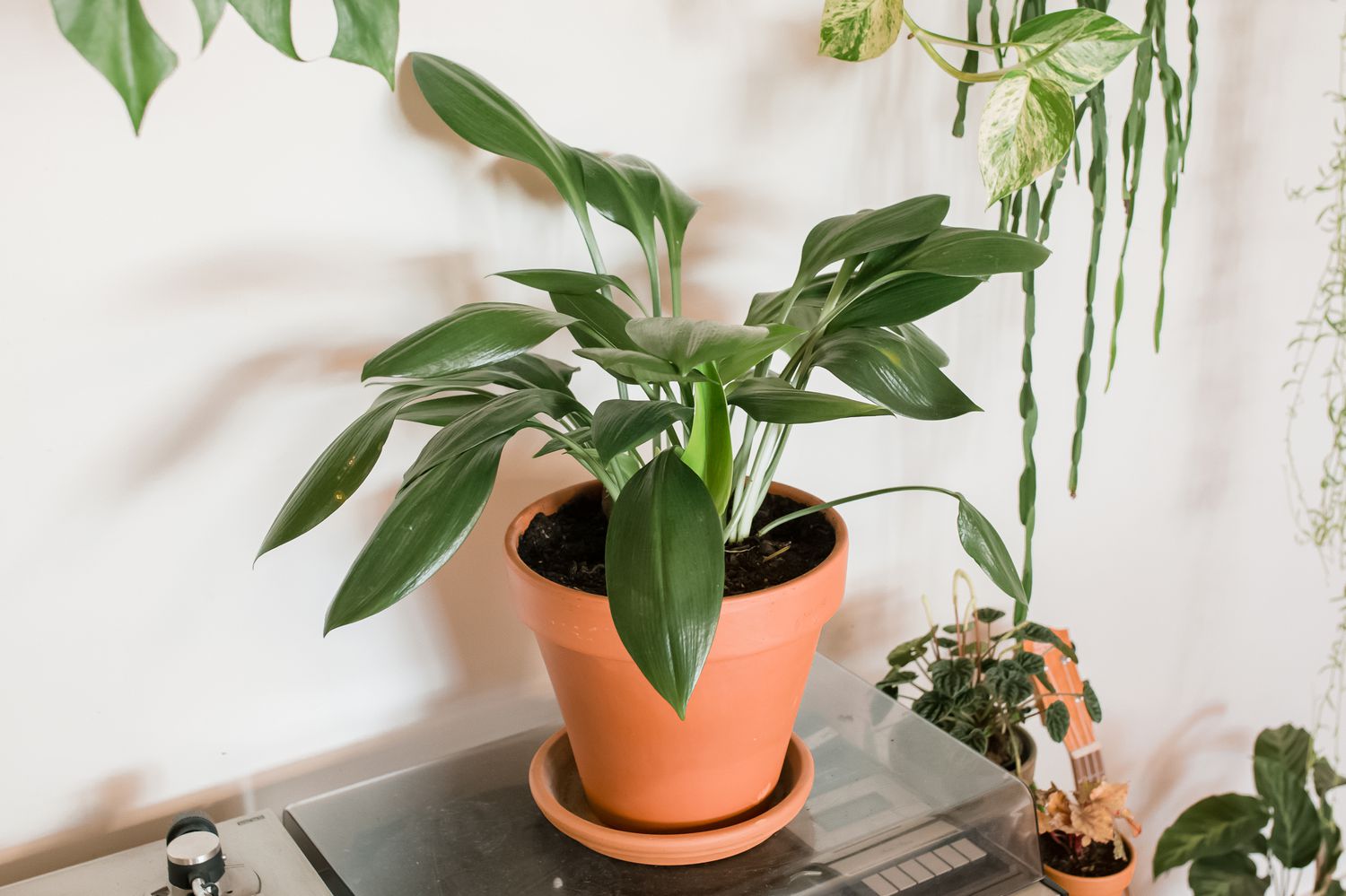
Succulents (Various species)
Succulents are known for their water-storing abilities, making them perfect for forgetful waterers. They thrive in bright light and require infrequent watering, allowing the soil to dry out between waterings.
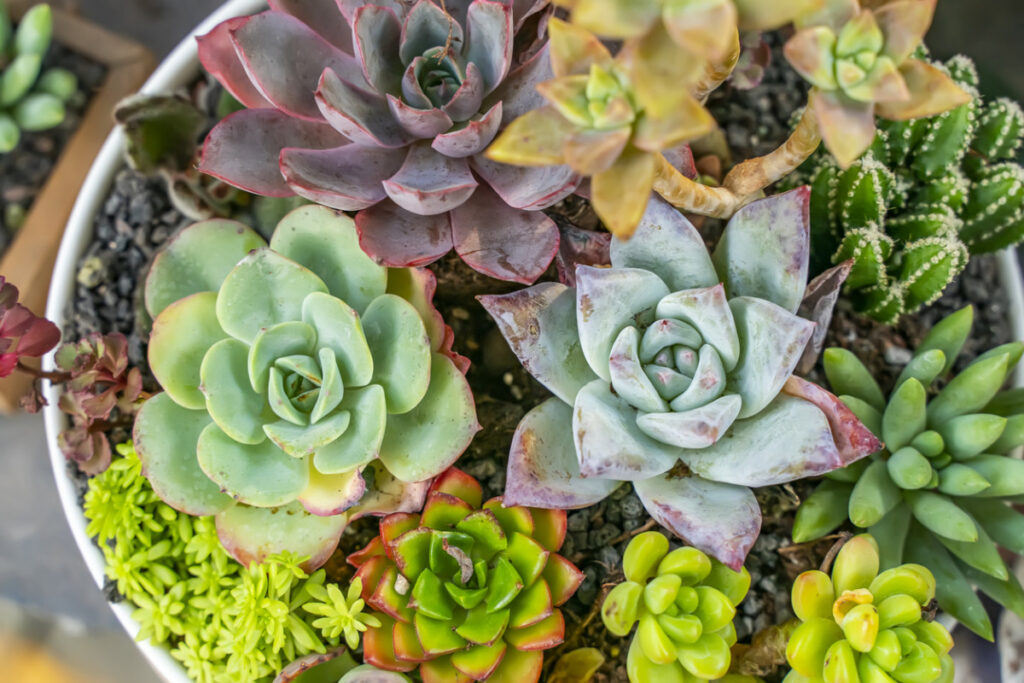
Rubber Plant (Ficus elastica)
Rubber plants are sturdy and adaptable, tolerating a range of light conditions from low to bright indirect light. They prefer to dry out between waterings and are relatively low-maintenance.
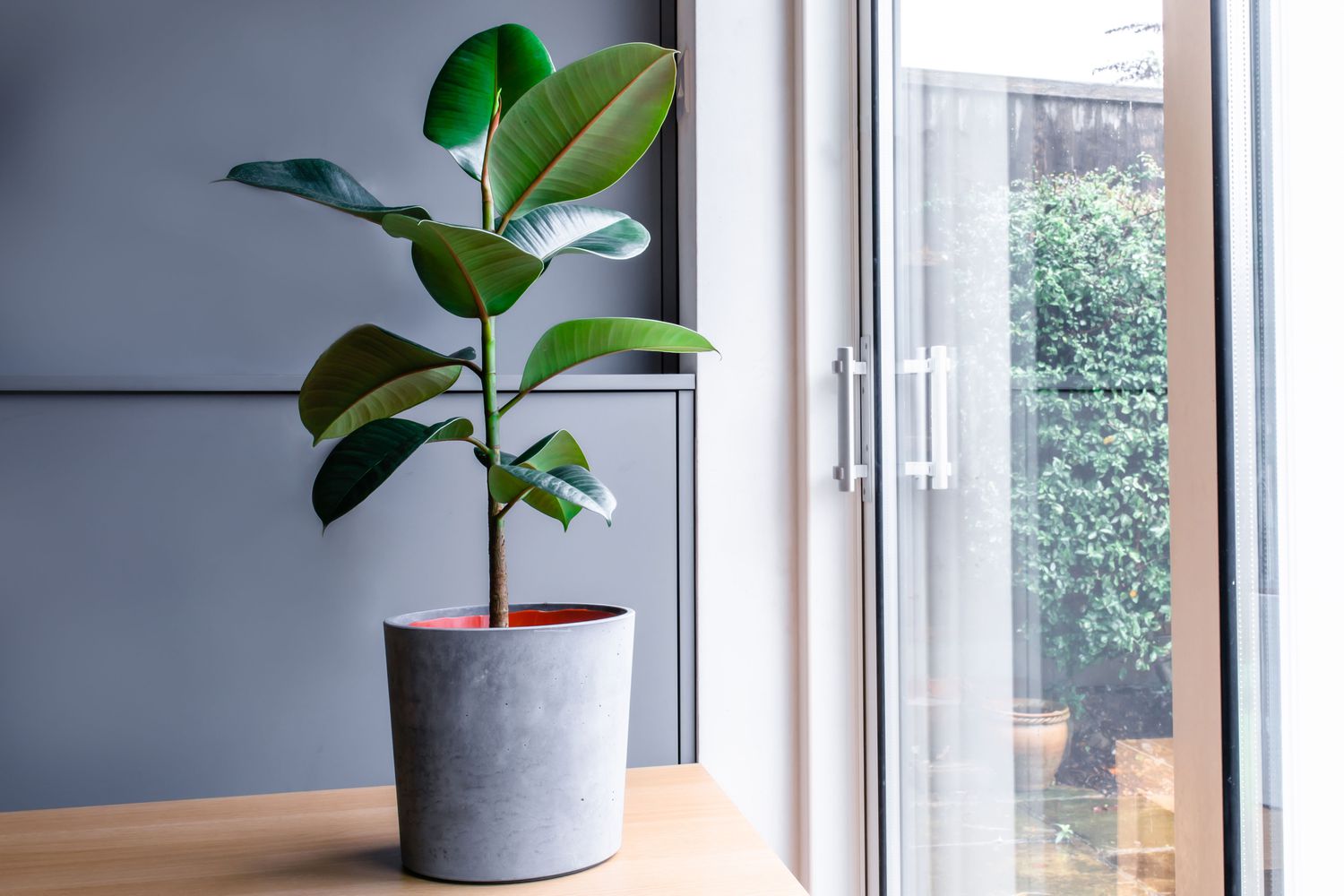
Aloe Vera
Aloe vera plants are both decorative and functional, with the added benefit of soothing gel within their leaves. They prefer bright, indirect light and infrequent watering, making them suitable for beginners.
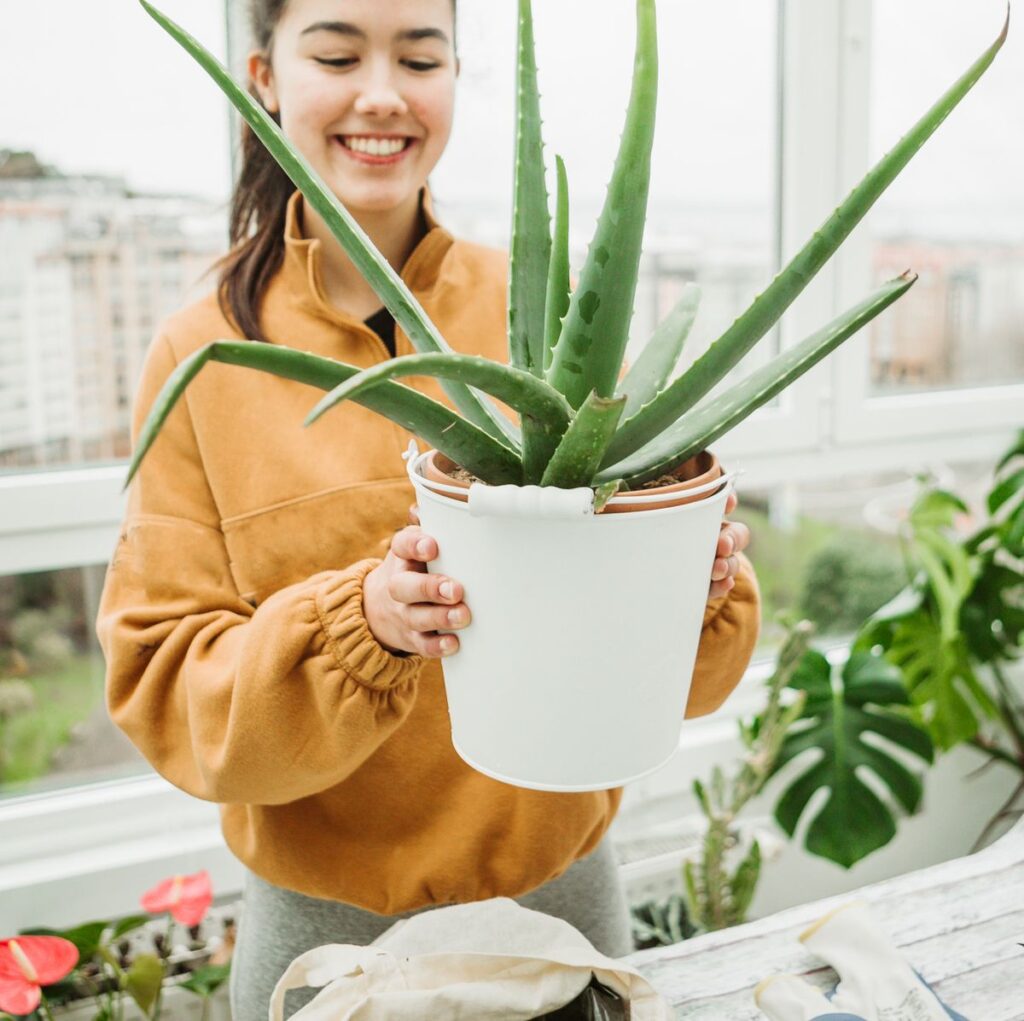
Philodendron
Philodendrons are easy to care for and can tolerate a range of light conditions from low to bright indirect light. They prefer consistently moist soil but can tolerate occasional drying out.
